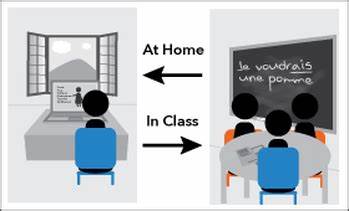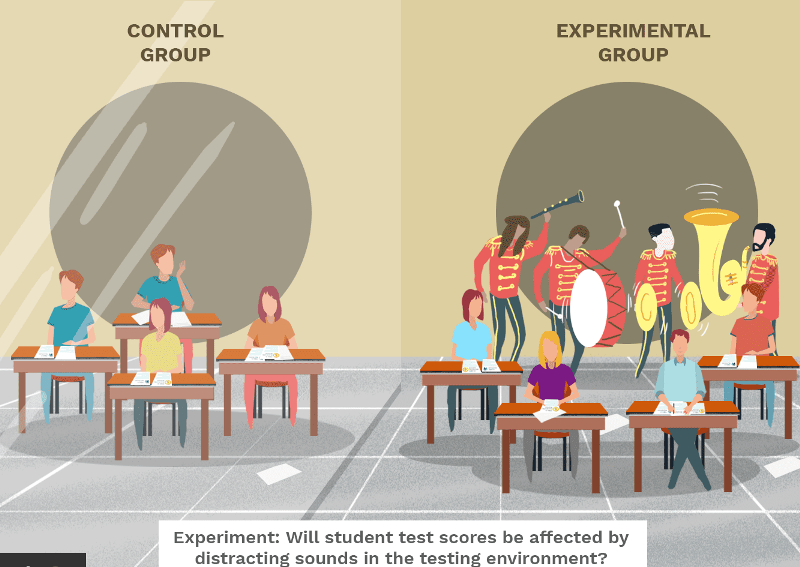AICE Psychology Paper 2
1/51
Earn XP
Name | Mastery | Learn | Test | Matching | Spaced |
|---|
No study sessions yet.
52 Terms

Experiments
An experiment is an investigation looking for casual relationship in which an IV is manipulated and is expected to be responsible for the changes un the DV
What are the 3 types of experiments?
Laboratory, field, and natural experiments or (quasi)
Lab experiment
A controlled experiment conducted in a structured environment where variables can be precisely manipulated and measured to establish cause-and-effect relationships. It is not in the usual environment for the participant.

Field Experiment
A research study conducted in a natural setting where participants are not aware they are being observed, allowing for investigation of behaviors in real-world conditions while still manipulating some variables, as it is difficult to control all variables.
Natural Experiment
A study conducted in real-world settings where the researcher observes the effects of naturally occurring events or conditions on participants, with no manipulation of variables by the researcher. (Experimenter does not manipulate IV because it is naturally occurring)

Experimental condition vs. control condition
Experimental condition refers to the group in an experiment that receives the treatment or intervention being tested, while control condition refers to the group that does not receive the treatment and serves as a baseline to compare effects.
Self-reports
are research methods where participants provide subjective data about their thoughts, feelings, or behaviors, often through questionnaires or interviews, enabling researchers to gain insight into individual perspectives.
Questionners
Research methods that involve asking questions, mainly written, to gain information form the participants.
Likert scale
psychometric scale commonly used in surveys to measure attitudes or opinions by providing a range of response options, typically from "strongly agree" to "strongly disagree."
Rating Scale
questions that require the participant to represent their answer on numerical scale provided to them,
Open questions
questions that allow respondents to answer in their own words, providing detailed and qualitative information.
Closed questions
questions that require a specific, limited response, often in the form of yes/no or multiple-choice answers.
Interviews
a qualitative research method that involves direct, face-to-face questioning of participants to gather in-depth responses.
Structured interview
a type of interview that follows a predetermined set of questions, ensuring consistency across participants and facilitating quantitative analysis.
Semi-structured interview
a type of interview that combines a predetermined set of questions with the flexibility to explore topics in more depth, allowing for both qualitative insights and some quantifiable data.
Unstructured interview
a type of interview where no set questions are prepared, allowing participants to discuss topics freely and providing rich qualitative data.
Case study
A detailed investigation of a single instance, usually person, family, or institute, that produced in-depth data specific to that instance.
Observations
A research method involving watching and recording behaviors or events in their natural context, often used to gather qualitative data.
Covert observation
A research method where the observer remains hidden from the subjects, allowing for natural behavior without interference or influence.
Overt observation
A research method where the subjects are aware they are being observed, potentially influencing their behavior.
Participant observation
A research method where the observer becomes part of the group being studied, allowing for a deeper understanding of the context and behaviors.
Non-participant observation
A research method where the observer does not interact with the group being studied, maintaining an objective distance while observing behaviors.
Structured Observation
A research method that utilizes a predefined framework for recording and measuring behavior, often through systematic coding and observation schedules. Records only a limited range of behaviors using behavioral categories (behavioral checklist)
Naturalistic observation
watching participants’ behavior in their normal environment without interference from researcher or manipulation. This method aims to capture authentic behavior in real-world settings. (All behaviors)
Correlations
are statistical measures that looks for a relationship between variables. None of the variables are manipulated, they are ONLY measured.
positive correlation
A positive correlation is a statistical relationship where an increase in one variable corresponds to an increase in another variable, indicating that both variables move in the same direction.
What is a negative correlation?
A negative correlation is a statistical relationship where an increase in one variable corresponds to a decrease in another variable, indicating that the variables move in opposite directions.
What is no correlation?
No correlation refers to a statistical relationship where there is no predictable tendency for one variable to change in relation to another variable, indicating that the variables do not move together in any direction.
Aim
the purpose of the investigation/ It is written before the experiment is carried out and does not predict the outcomes.
Hypothesis
a testable statement predicting the relationship between variables.
What are the 3 types of hypothesis?
Directional, non-directional, null hypothesis
Directional Hypothesis (one-tailed)
a specific prediction about the expected outcome or relationship between variables, specifying the direction of the anticipated effect.
Example: "If exercise increases mood, then people who exercise will report higher mood levels than those who do not."
Non-directional hypothesis (two-tailed)
a prediction stating that there will be a difference or effect between variables but does not specify the direction of that difference.
Example: "There will be a difference in mood levels between those who exercise and those who do not."
Null hypothesis
a statement that asserts there is no significant difference or effect between the variables being studied, serving as a default or baseline assumption in hypothesis testing.
Example: "There will be no difference in mood levels between those who exercise and those who do not."
IV
Independent variable; the factor that is manipulated in an experiment to observe its effect on the dependent variable.
DV
the variable that is measured or tested in an experiment to assess the effect of the independent variable.
Independent Measures Design
Is an experimental design in which a different group of participants is used for each level of the IV. Participants only take part on only one condition reducing effects of demand characteristics.
Repeated Measures Design
An experimental design where the same participants are used in all conditions of the experiment, allowing for direct comparison and reducing participant variability. Same participants are their experimental group and their control group.
Matched Pairs Design
An experimental design where participants are paired based on a particular variable, and each pair is assigned to different conditions. This reduces individual differences while maintaining the benefits of using different groups.
extraneous variable
Any variable other than the independent variable that could influence the dependent variable, potentially leading to confounding results.
Situational variables
Environmental factors that can affect participants' responses in a study, such as noise, lighting, or time of day.
Participant variable
An individual characteristic of participants, such as age, gender, or personality, that may influence their behavior in an experiment.
Quantitative Data
Numerical data that can be counted or measured, allowing for statistical analysis and comparison.
Qualitative Data
Non-numerical data that describes characteristics or qualities, providing in-depth insights into participants' thoughts and feelings.
Validity
The extent to which a study accurately measures what it intends to measure, ensuring that results are legitimate and applicable.
Internal validity
How well an experiment controls confounding variables.
Ecological Validity
The extent to which research findings can be generalized to real-world settings, reflecting true-life conditions.
Mundane Realism
is the extent to which a task represents the real-world situation.
Face Validity
is a measure of validity indicating whether a measure appears to test what it claims based on a superficial review of its content
Concurrent Validity
is a measure of validity that assesses how well a test correlates with a benchmark or previously established test, indicating that both measures evaluate the same construct.
Generalizability
refers to the extent to which research findings can be applied to settings, people, and times beyond the specific conditions of the study.
Demand Characteristics
features of an experiment that interfere with participant behavior/responses
Fatigue Effect and Practice Effect